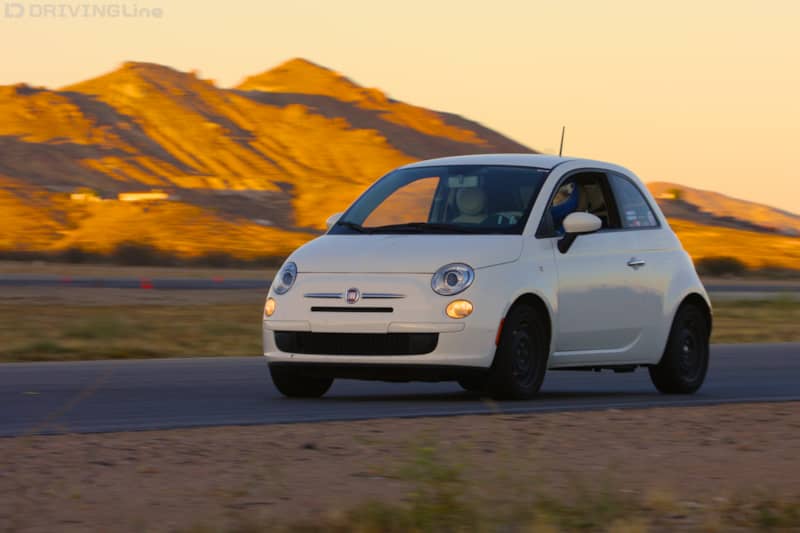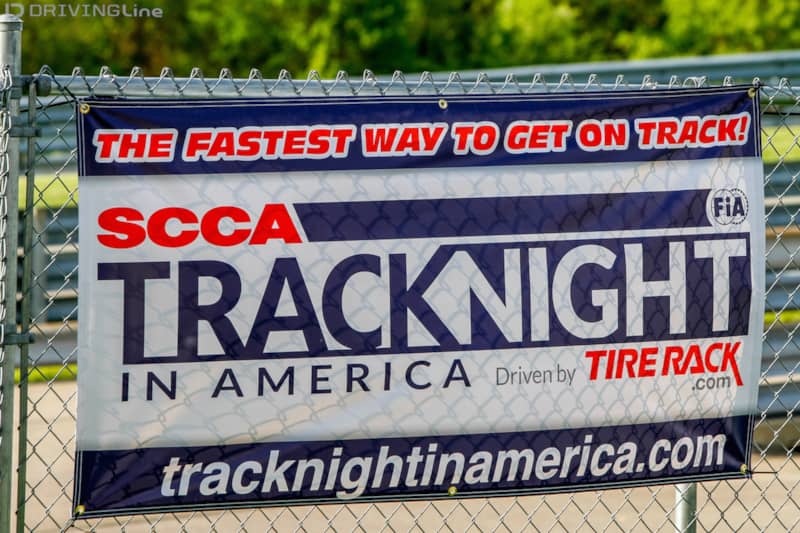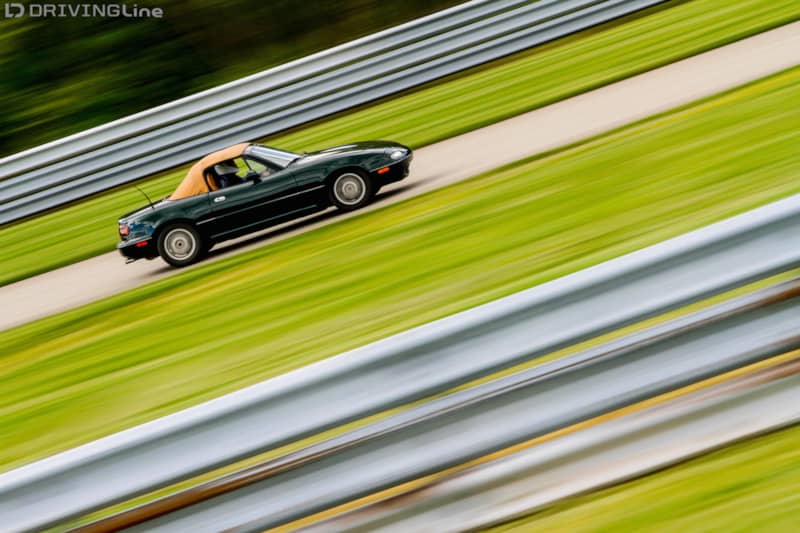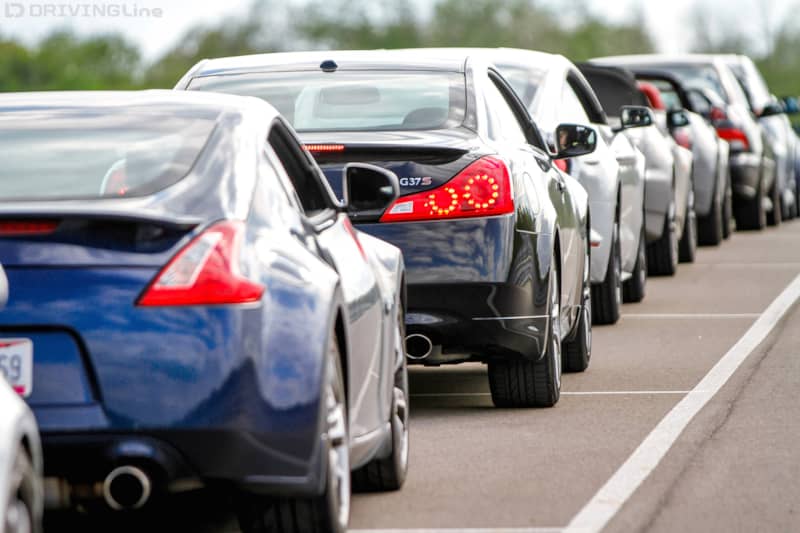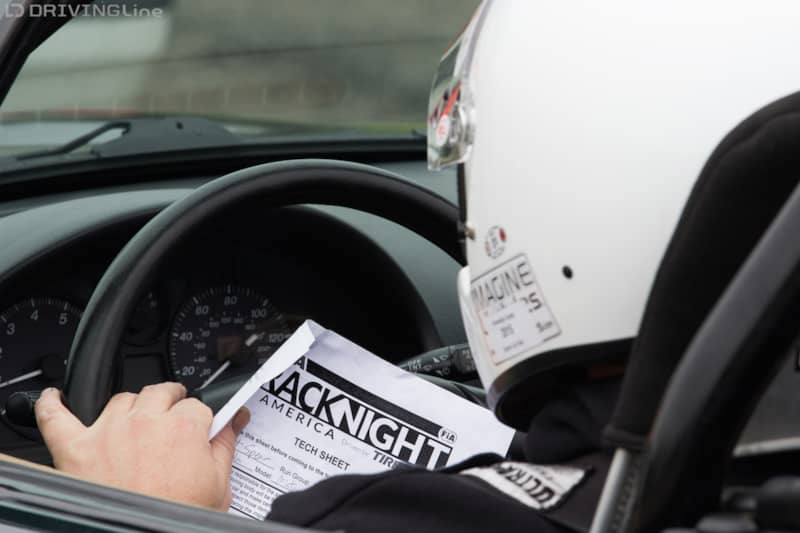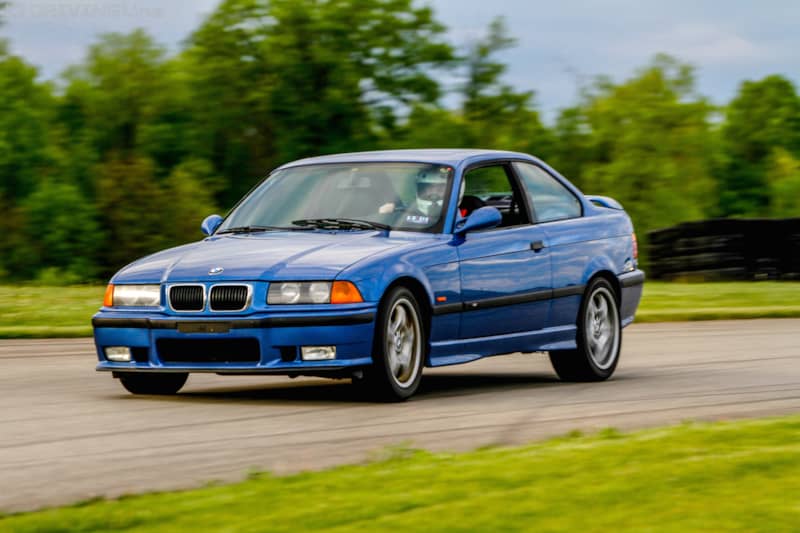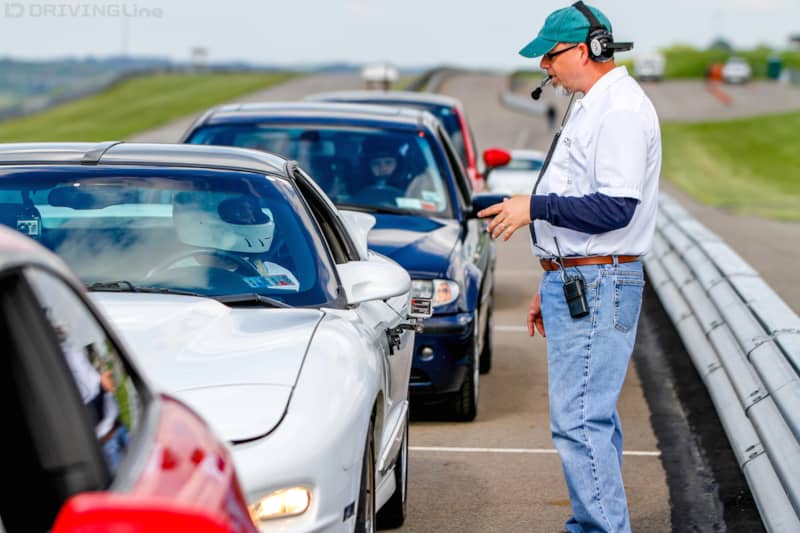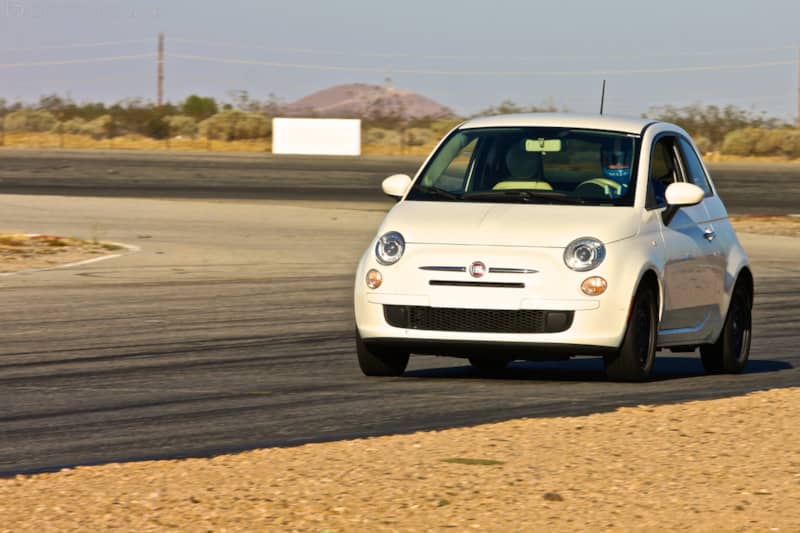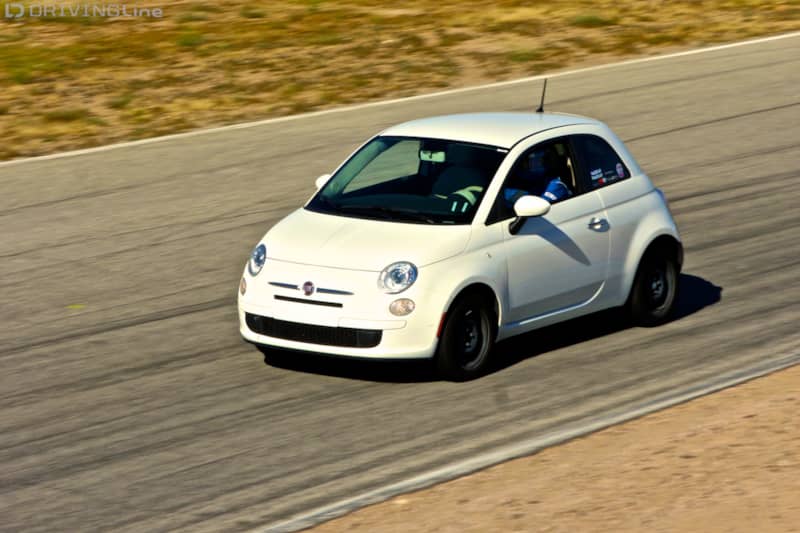Drive Your Daily on Track at SCCA Track Night!
It’s a beautiful evening. The sun is disappearing over the mountains and the high desert heat is beginning to dissipate. The sunset casts a glow on the region that the great poets could get lost in, the romantics would be inspired by - and all I can think about is how I will take the chicane and next section of the Streets of Willow flat-out…